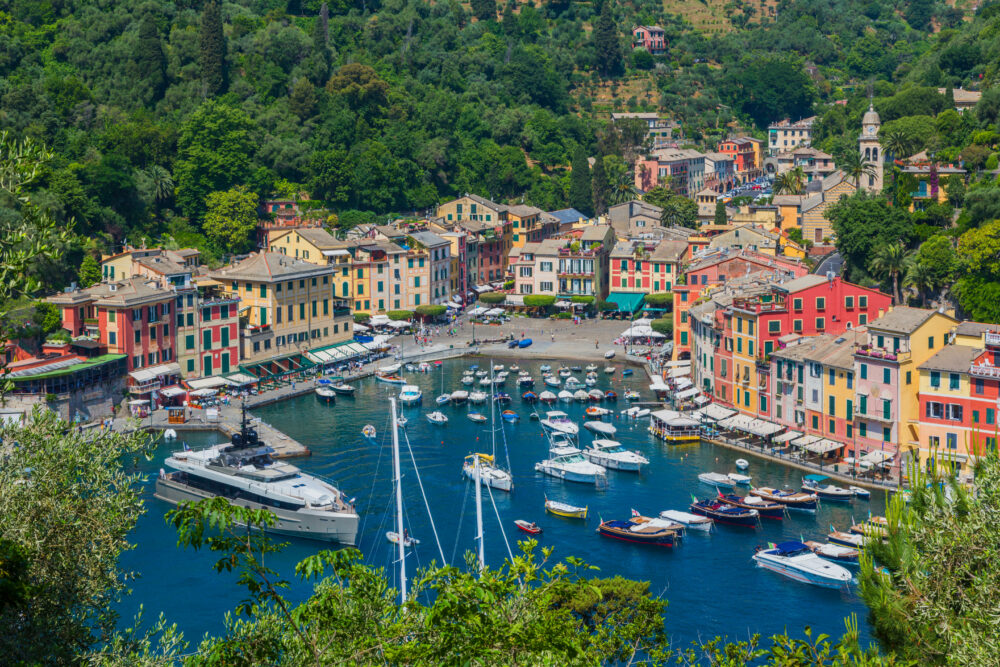What do you want from your second home? The answer that’s topping the list for more and more owners is a healthy lifestyle. Whether they are seeking an Alpine chalet, a penthouse on the Côte d’Azur or a Spanish golf villa, the pursuit of wellness – and the mental and physical benefits it brings – is a key consideration for today’s buyers, says Jelena Cvjetkovic, a director at Savills Global Residential.
“The second-home market has shifted dramatically post-pandemic,” she explains. “The combination of the desire for a healthy, active lifestyle and a move to hybrid working has led buyers to focus on the wellness credentials and connectivity of their homes. Flexible work arrangements allow people to use their second homes throughout the year, rather than just for a few weeks during peak holiday seasons, creating a genuine second home, rather than a holiday home.”
This brave new world of hybrid working has led to a move towards “hybrid living” too, where owners divide their time more evenly between the city and a rural, coastal or mountain escape. Second homes have to work harder, offering many of the attributes of a primary residence – generous space, indoors and out, excellent air quality and opportunities for a more active lifestyle.
Space for a home office or studio and access to high-speed connectivity are also crucial (and useful for online yoga/meditation classes). But no matter how strong the desire for fresh air and wonderful views, a house cannot be too isolated. Even if it is surrounded by beautiful countryside, a remote home that is tiresome to reach will be used less frequently.
This balanced lifestyle, based on wellness and convenience, is a second-home trend across the world, from Sydney to London and New York. “Second-home locations have to pull double duty by providing traditional sun, sea and countryside as well as the key amenities to promote personal wellness,” says Kelcie Sellers from Savills World Research. “The locations that excel offer ample gyms, high numbers of golf and tennis courts, and access to spas. Air quality is also a key element in the wellness score, along with internet connectivity and the need to be close to a major world city.”
Which locations offer this magical mix? Savills Research examined the second-home locations within easy reach of a number of major world cities (two to three hours by plane, train or car), ranking them for wellness amenities, connectivity and the quality of the properties on offer, to create a Wellness Indicators Index.
For those based in London, the three standout locations are the Cotswolds, the Côte d’Azur and the Algarve. The Côte d’Azur, where the average price for a three-bedroom home is €2.69m, is also one of the top three second-home destinations for those living in the Euro-hubs of Paris and Geneva.
For New Yorkers, the wellness winners are the Hamptons – that prestigious collection of towns at the tip of Long Island – Palm Beach in Florida and the Bahamas. From Milan, Madrid and Paris, the top three destinations are all domestic: Tuscany, Sardinia and Liguria in Italy; Galicia, the Balearics and Sotogrande in Spain; and the Côte d’Azur, Cap Ferret and Méribel in France. From Dubai, by contrast, the destinations are international: the Costa del Sol, the Maldives and the Seychelles.
“We expect some second-home markets to become even more domestic and regional as buyers continue to value close proximity to their city base for easy commuting by train or car,” says Sellers. For today’s ever more mobile owners, a second home can never be second best in the wellness stakes.
Pictures from top: surfing in the Algarve (Alamy); a view over Zermatt towards the Matterhorn (Alamy); East Hampton beach, Long Island (Alamy); the Parque da Floresta golf course in Portugal (Alamy); diving in the Maldives (Alamy); yoga on the beach (Unsplash); Portofino harbour in Liguria (Alamy)








